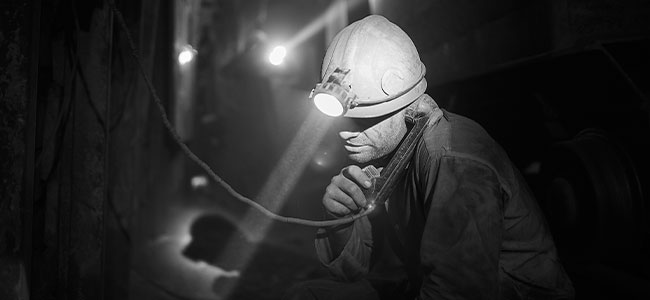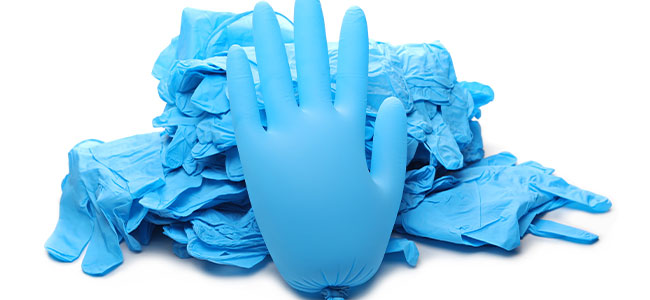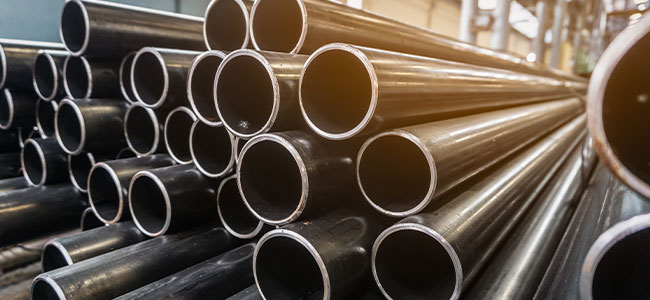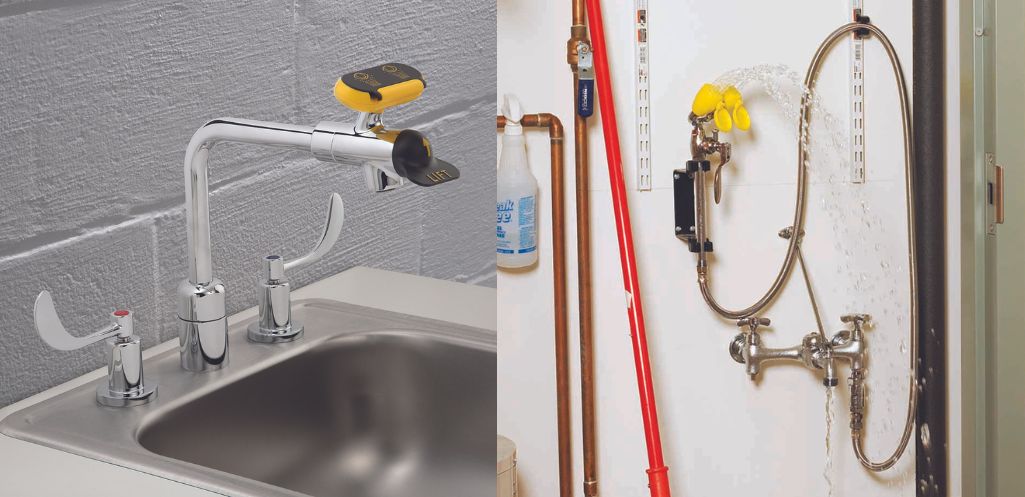
The May 15, 2024, meeting is the latest effort to get the public involved in the agency’s Whistleblower Protection Program.

Here’s why what happens in the field shouldn’t stay in the field.

The events aim to provide those affected by black lung disease and their families with guidance on filing benefits claims.

SPONSORED
Most worksite injury prevention programs focus solely on conditions of the worksite – making sure workers properly use PPE, correct equipment usage and more.

Here's what companies need to know about textured disposable gloves.

Neubert Painting Inc. allowed underage workers to work on customers’ roofs.

Many leaders understand what a safe working environment looks like but might not have the tools to creat a productive safety culture.

The annual observance takes place on July 18, 2024.

The April 10 event is timed to take place during Distracted Driving Awareness Month.

OSHA’s new rule allows external individuals to accompany agents during safety inspections.

ArcelorMittal Tubular Products USA LLC has a long history of OSHA non-compliance.

The new rule allows external individuals to accompany OSHA officers during inspection.

Technological innovations are helping to make workplace training more accessible and less challenging for business owners and will continue to do so in the foreseeable future.

Addressing mold and moisture issues involves identifying water entry points, as mold growth, which affects air quality, requires moisture, nutrients, and suitable temperatures.

SPONSORED
Picture this: You’re on a manufacturing floor the length of four city blocks. Overhead, cranes haul loads of hot-rolled steel into the plant, where they will be fed through a series of lumbering machines until they emerge cold-drawn in their final shape.